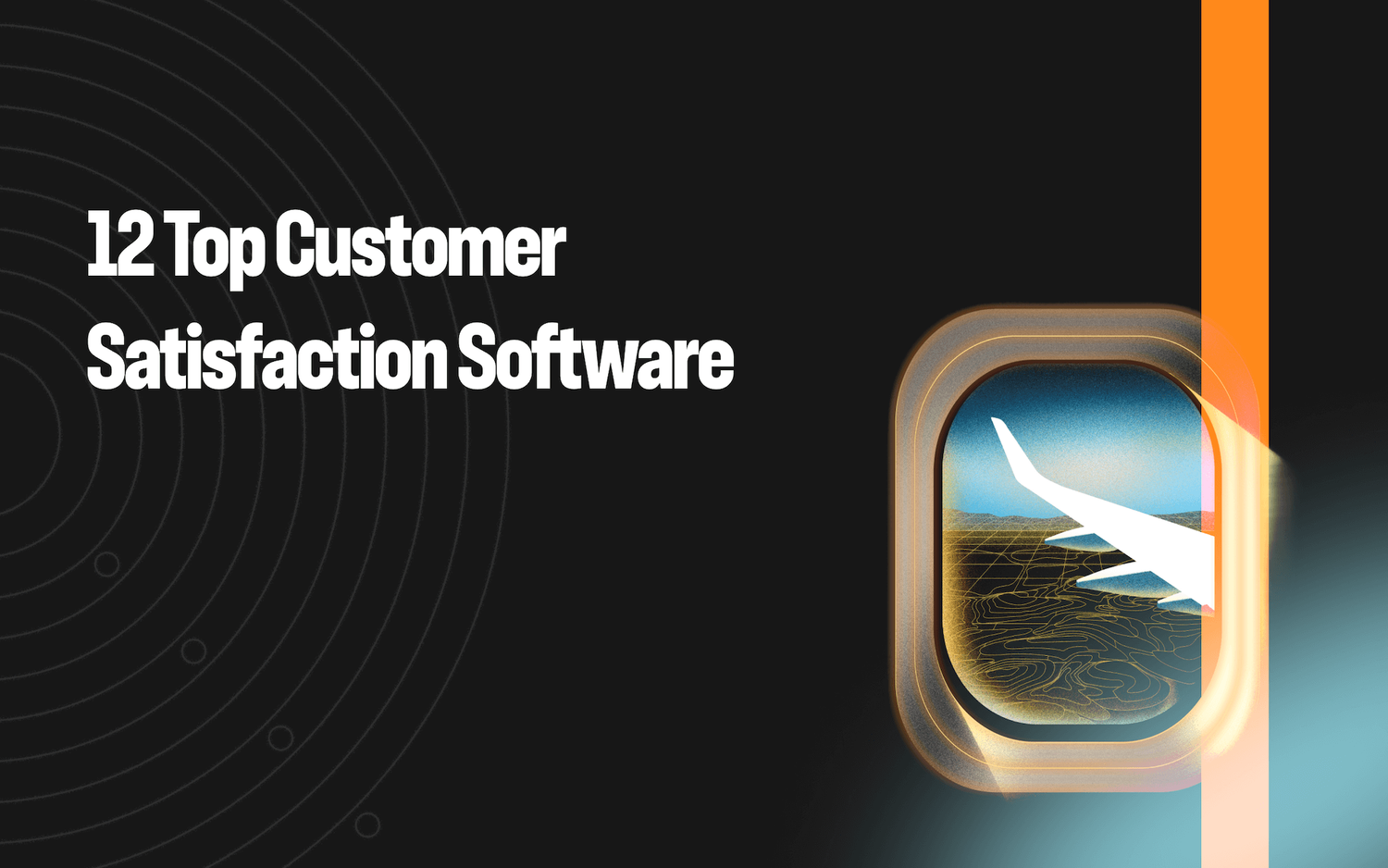What are the limitations of current workforce management software for customer service teams?


Workforce management tools (WFM) are a foundational building block of the contact center stack. It enables leaders to accurately plan and forecast staffing needs for a successful operation year-round. But while adding a new tool to their operations, we have seen many limitations which contact center leaders struggle with existing tools. There are several limitations of current workforce management software for customer service teams, some of which include the following:
Not ready for Omnichannel: Current workforce management products are built for the call only world. They do not adapt well to the asynchronous communication channels like email or Slack, teams. Also, multi-session channels like chat are hard for these systems to work successfully with. So many contact center leaders struggle to accurately forecast using existing WFM tools in omnichannel environments.
Lack of integration: Many customer service teams use multiple software systems for different tasks, such as ticketing, call routing, and chat support. However, these systems may not be fully integrated with the workforce management software, leading to data silos, inconsistencies in reporting, and reduced efficiency.
Inflexibility: Some workforce management software may not be flexible enough to adapt to the unique needs of a customer service team. For example, the software may not allow customized scheduling, making it difficult to manage a team with varying skill levels or availability.
Limited forecasting capabilities: Workforce management software typically relies on historical data to predict future staffing needs. However, this approach may not be sufficient in dynamic customer service environments, where factors such as seasonality, marketing campaigns, and unexpected spikes in customer demand can significantly impact staffing needs.
Lack of real-time data: Some workforce management software may not provide real-time visibility into key performance metrics such as call volume, wait times, and agent productivity. This can make it difficult for managers to respond quickly to changes in demand or identify areas for improvement.
Complexity:
Some workforce management software may be overly complex, requiring significant training and expertise to use effectively. This can be a barrier to adoption and limit the ability of customer service teams to leverage the software’s full capabilities.
We believe that considering these capabilities when embarking on a journey to add a new WFM tool to your stack is critical in this fast-changing customer service environment.
Keep reading
View all





